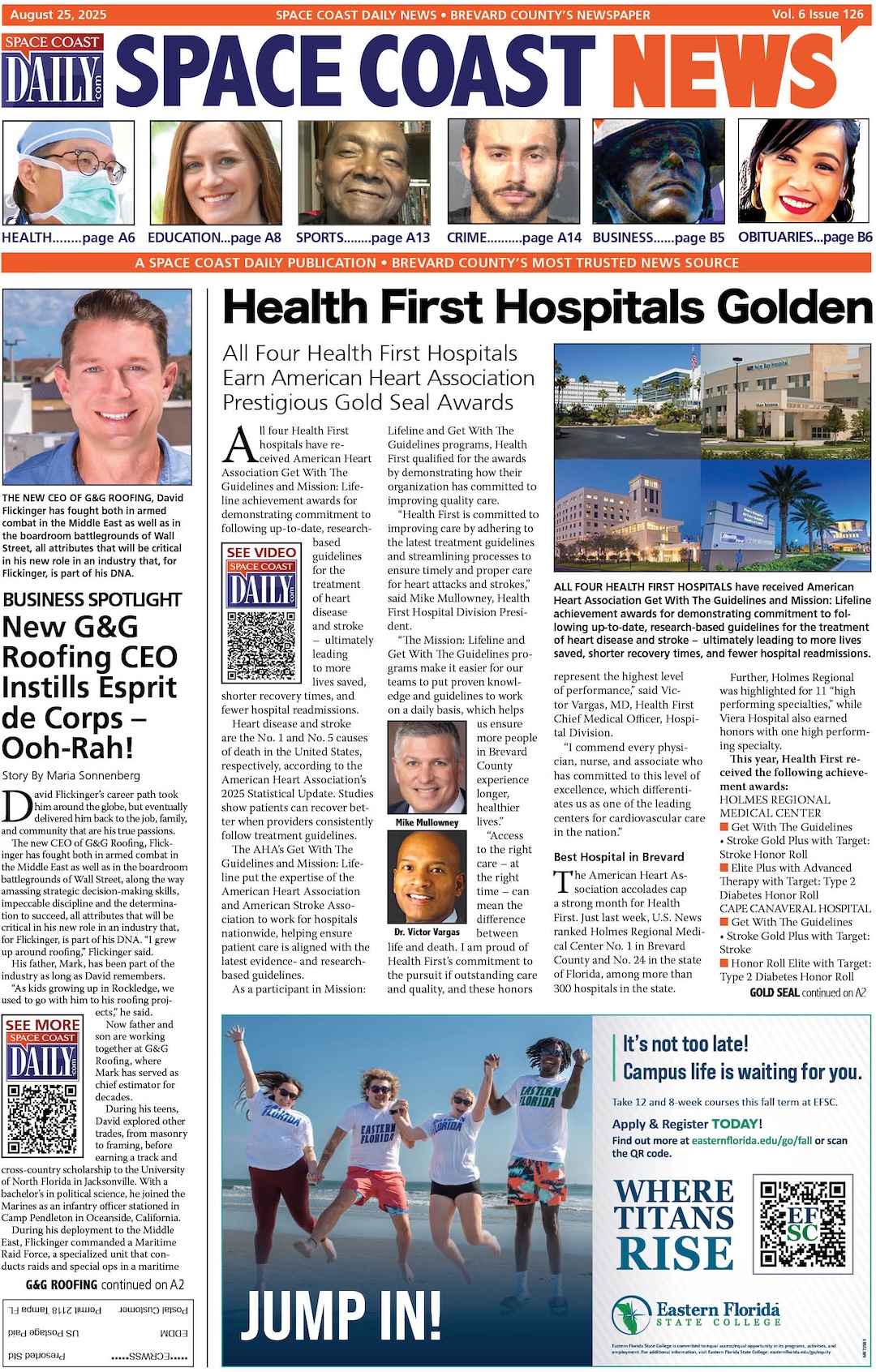Are You Overlooking Her Battle? The Silent Crisis of Women and Prescription Drug Addiction
By Space Coast Daily // April 22, 2024

The unspoken struggle with prescription drug addiction among women is a growing concern that often goes unnoticed until it becomes a crisis.
This issue cuts across all demographics, affecting women in every community, irrespective of age, race, or socioeconomic status. While society often focuses on illicit drug abuse, the quiet and gradual dependence on prescription medications presents a different, more insidious challenge.
The Invisible Epidemic
Prescription drug addiction among women is an invisible epidemic. It starts innocuously: a prescription for managing pain, anxiety, or depression. Over time, however, what was once a medical necessity transforms into a dependency. Women, often the primary caregivers and emotional support in families, might ignore or hide their struggles, fearing stigma or judgment. This silence contributes to the problem’s invisibility, making it difficult to grasp the epidemic’s scope. As the addiction escalates, it affects not only physical health but also mental well-being, potentially exacerbating any underlying mental health condition.
The Stigma of Addiction
The stigma surrounding addiction plays a significant role in why many women suffer in silence. Society often harshly judges women struggling with substance abuse, labeling them as unfit mothers, irresponsible, or weak-willed. This societal judgment can lead to a vicious cycle where women are less likely to seek help for fear of being ostracized or losing custody of their children. The burden of this stigma can intensify the addiction, as the pressure to maintain a façade of normalcy forces many women deeper into dependency.
Understanding the Why
Understanding why women become addicted to prescription drugs is complex and multifaceted. Factors such as genetics, environmental influences, and past trauma play significant roles. Additionally, women are more likely to be prescribed mood-altering drugs and for longer durations, increasing the risk of addiction. Painful conditions, which are more prevalent in women, such as fibromyalgia or endometriosis, also contribute to the higher rates of prescription drug use and subsequent addiction among women.
The Power of Sharing Stories
Sharing personal stories of addiction and recovery plays a pivotal role in breaking the silence and stigma surrounding prescription drug addiction among women. When women bravely come forward with their experiences, it provides them with a sense of relief and belonging and helps others feel less alone. These narratives can illuminate the path to recovery, demonstrating that addiction is not a moral failing but a treatable condition.
The Journey to Recovery
Seeking treatment for prescription drug addiction is a courageous step toward recovery. For many women, the journey begins with acknowledging the problem and overcoming the fear of stigma. Treatment options vary, including detox programs, counseling, and medication-assisted treatments. The key is finding a supportive, non-judgmental environment that understands women’s unique challenges. Many find solace and hope in a women’s addiction treatment center. These centers provide a safe space for women to heal, offering programs tailored to address the specific needs and experiences of women in recovery.
These sanctuaries offer more than just recovery programs; they provide a community. With an emphasis on holistic healing, these centers integrate various therapeutic modalities, including group therapy, individual counseling, wellness activities, and skills-building workshops, all designed with the nuances of women’s experiences in mind.
In these centers, women find themselves surrounded by peers and professionals who understand their struggles and champion their recovery. This camaraderie fosters a sense of belonging and support, which is crucial for healing. Here, the focus is on empowerment, equipping women with the tools and confidence to navigate the complexities of recovery and rebuild their lives. These centers stand not just as a testament to the possibility of recovery but as a sanctuary where hope is reignited and the journey towards a fulfilling, substance-free life begins.
The Road Ahead
The fight against prescription drug addiction among women is not just about individual recovery; it’s about systemic change. Advocacy for better prescribing practices, increased awareness of the risks of prescription drug use, and more research into women-specific treatment modalities are essential. By pushing for these changes, society can move toward a future where women facing addiction receive the help they need without judgment or stigma.
A Call to Action
The battle against prescription drug addiction among women requires a collective effort. It’s about creating an environment where women feel safe to seek help, where treatment is accessible and tailored to their needs, and where recovery is seen as a strength, not a weakness. By addressing this crisis openly and compassionately, we can support those in the shadows, helping them step into the light of recovery and hope. Let’s not overlook her battle; join it, support it, and end it together.












